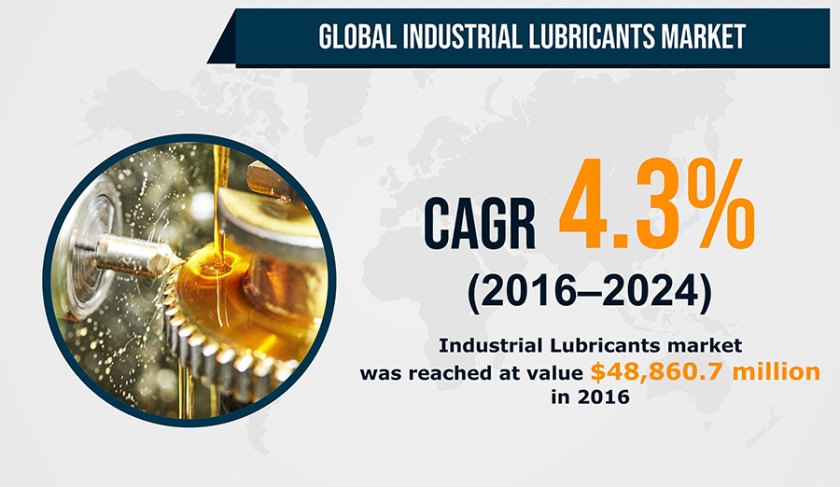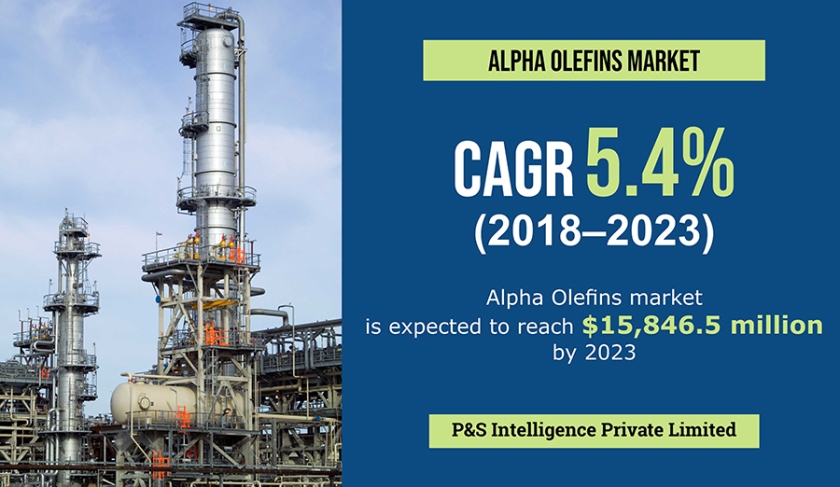Rising lightweight vehicle demand and growing automobile production are some of the prime factors behind the progress of the automotive adhesives and sealants market. In 2017, the market attained a size of $8,413.7 million, and it is predicted a reach $11,871.6 million[K1] by 2023, progressing at a CAGR of 6.0% during the forecast period (2018–2023). Adhesives and sealants are used for different bonding and sealing applications in the automotive industry, whereby they help in enhancing the performance, driving comfort, and safety of vehicles.
Based on type, the automotive adhesives and sealants market is classified into polyurethanes, rubber, epoxy, acrylics, silicones, polyvinyl chloride (PVC), and hot melts. Out of these, in 2017, the epoxy classification held the largest sales volume share of over 20.0% in the market, and it is expected to maintain its dominance during 2018–2023. This is attributed to the superior features of epoxy-based adhesives including strong bonding capability, which aids in improving the vehicle’s structural integrity. Due to the growing demand for vehicles, the consumption of such materials is predicted to surge rapidly.
Get a Sample Copy of this Report @ https://www.psmarketresearch.com/market-analysis/global-automotive-adhesive-and-sealant-market/report-sample
On the basis of application, the automotive adhesives and sealants market is categorized into under-the-hood (UTH) and power train, body in white (BIW), paint shop, and assembly. Among these, in 2017, the BIW classification registered the dominating sales volume share of more than 32.0%, and it is anticipated to maintain the lead during the forecast period. This is ascribed to the growing popularity of high-performance solutions in vehicles, which make them light, thereby reducing the fuel consumption.
Across the globe, electric vehicles, owing to their eco-friendly nature, are gaining popularity in the automotive adhesives and sealants market. As per the International Energy Agency report, in 2016, the registration for new electric cars set a record with more than 750 thousand sales worldwide. Of all countries, Norway witnessed the largest deployment of electric cars. In 2015, the global electric car sales stood at 1.0 million, which escalated to 2.0 million in 2016.
Make Enquiry Before Purchase @ https://www.psmarketresearch.com/send-enquiry?enquiry-url=global-automotive-adhesive-and-sealant-market
The consumption of adhesives and sealants in electric vehicles is quite low due to their less engine components, but the increasing focus on structural integrity, coupled with the desire to reduce the overall weight, is predicted to escalate the demand for these materials for electric vehicles during the forecast period. With growing environment concerns as a result of the emission of harmful substances in the atmosphere from vehicles, companies nowadays are manufacturing bio-based adhesives and sealants, as these enhance the sustainability efforts without negatively impacting the vehicle performance.
Thus, the increasing usage of bio-based solutions in automobiles is expected to generate huge opportunities for the market players during the forecast period. Further, extensive vehicle production across the globe is fueling the automotive adhesives and sealants market. According to the European Automobile Manufacturers Association, in 2017, the number of passenger cars manufactured worldwide was more than 80 million, and in 2016, around 18.4 million commercial vehicles were produced.
Hence, with the rising environmental concerns and increasing production of vehicles, the market is projected to prosper during the forecast period.
[K1]Factual Error









